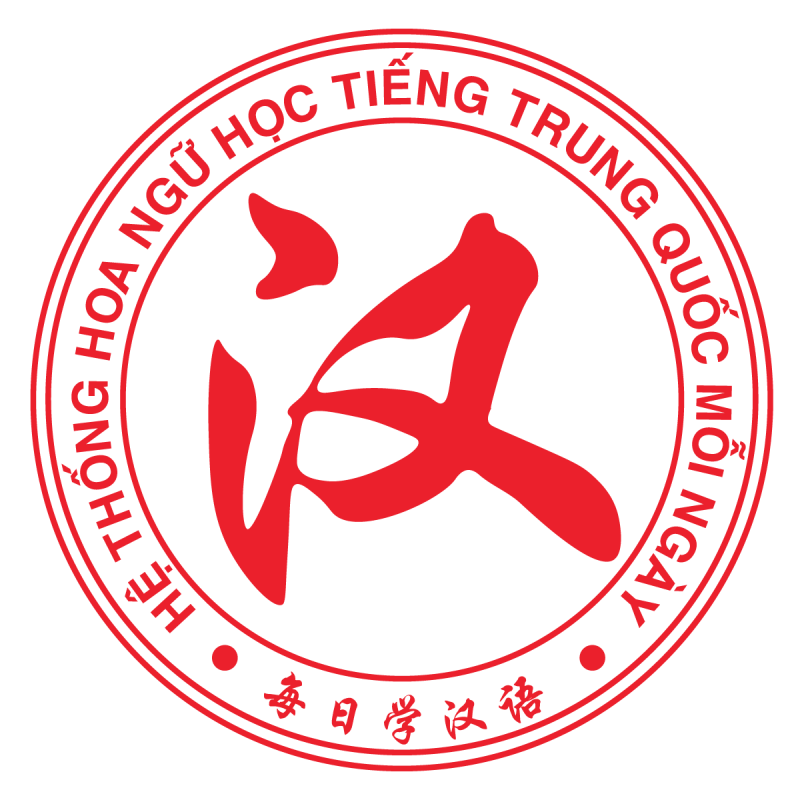Southeast Asia’s digital entertainment landscape has undergone remarkable expansion since the early 2000s, driven by VNG Corporation’s innovative strategies. Established in 2004 as VinaGame,
VNG developed from a local game publisher into a international digital enterprise, operating across interactive entertainment, digital communities, financial technology, and cloud computing.
The historical trajectory of VNG’s game portfolio began with the debut of *Võ Lâm Truyền Kỳ* (2005), a MMORPG that became a cultural phenomenon. This breakthrough solidified VNG’s leadership in Vietnam’s gaming market. Strategic partnerships with global studios like Kingsoft and Nexon enabled localized adaptations, including *Boom Online* (2007) and *ZingSpeed PC* (2009). https://bathienkiem.net/
In the current gaming ecosystem, VNG’s portfolio spans 34 RPGs, 9 combat-focused games, and 4 FPS experiences. The company’s leadership in MMORPGs is exemplified by *Thiên Long Bát Bộ VNG*, which combines traditional Wuxia themes with modern player engagement features.
VNG’s esports ecosystem has undergone substantial transformation, particularly through the National Competitive League (VCS) for *Liên Minh Huyền Thoại*. Key changes include formal competitor accreditation and global connectivity through the Asia-Pacific League (LCP).
The talent development initiative *Game Innovation Fresher 2025* aims to resolve Vietnam’s tech talent shortage through skill-building sessions and coaching from industry veterans. Successful candidates receive remuneration of 10–14 million VND/month.
VNG’s player interaction strategies include the Vietnam Gameverse conference, which featured innovations like AI-driven anti-cheat systems and custom game modes through the *Studio SDK*.
Moving forward, VNG faces hurdles including compliance requirements and intense competition from regional developers like Sea Group. Its priority on algorithmic adaptation and unified gaming ecosystems will likely define its trajectory.
